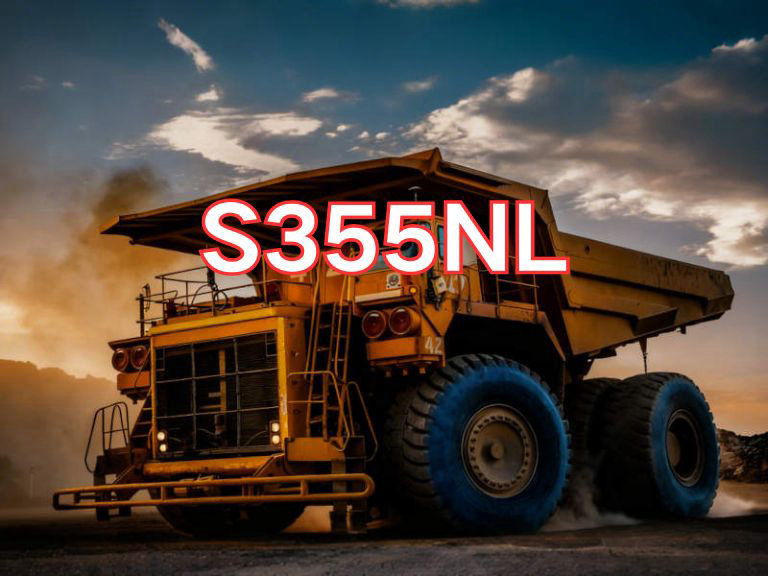

SM570
SM570 is a high-strength hot-rolled structural steel plate, named according to the Japanese Industrial Standards (JIS) nomenclature system. In this designation, "S" stands for "Steel," "M" indicates "Material for constructional structures," and "570" refers to the specified minimum tensile strength of 570 MPa. Therefore, SM570 denotes a hot-rolled steel plate intended for welded structures with a guaranteed tensile strength of at least 570 MPa. As a high-strength grade within the SM series, SM570 is typically classified into different grades—such as SM570A, SM570B, and SM570C—with the primary distinction being their impact toughness requirements, particularly the test temperature and absorbed energy values in Charpy V-notch impact testing. Higher grades require stricter low-temperature toughness performance.
The key characteristics of SM570 steel plate include significantly high strength and excellent overall mechanical properties. Its minimum yield strength is generally no less than 460 MPa. Combined with good ductility and a well-controlled carbon equivalent, the steel maintains favorable weldability and formability even under high-strength conditions. Through optimized chemical composition (including microalloying elements) and controlled rolling processes, SM570 achieves grain refinement and effective strengthening, ensuring a balanced combination of strength and toughness. Additionally, it exhibits superior fatigue resistance and structural stability, making it suitable for long-term service under complex stress conditions.
SM570 is widely used in engineering structures demanding exceptional load-bearing capacity and safety, such as long-span bridges, super-high-rise buildings, heavy industrial facilities, large transmission towers, offshore platforms, heavy lifting equipment, and critical seismic-resistant components. Especially in applications where structural weight reduction and improved load efficiency are essential, SM570 serves as an effective replacement for conventional lower-strength steels, enabling structural lightweighting and material savings.
The current standard for SM570 steel plate is JIS G 3106:2024, titled Rolled Steels for Welded Structures, which was published in 2024, replacing the previous JIS G 3106:2015 edition. This standard specifies detailed technical requirements for chemical composition, mechanical properties, impact testing (e.g., SM570C requires testing at 0°C), sample orientation, and delivery condition. It should be noted that while JIS standards are widely adopted in Japan and parts of Asia, in international projects, the performance of SM570 is often compared with European standards such as S460/S550 series in EN 10025-2 or China’s Q550 grade in GB/T 1591 to meet cross-border design and construction specifications.

Ultrasonic Testing (UT)
A key non-destructive testing technique that uses high-frequency sound waves to detect internal flaws in steel plates. The probe emits sound waves, which reflect when encountering defects such as cracks or inclusions. The receiver captures the echoes, enabling precise determination of defect location and size. With high sensitivity, strong penetration, and fast inspection speed, UT effectively ensures internal quality, widely used in the production of heavy plates, pressure vessel plates, and other high-end products to guarantee safety and reliability.

Magnetic Particle Testing (MT)
A common surface inspection method that magnetizes the workpiece, causing leakage magnetic fields at surface or near-surface defects like cracks or inclusions, which attract magnetic particles to form visible indications. Simple to operate and highly sensitive, MT is suitable for rapid inspection of surface and near-surface flaws in ferromagnetic materials, widely used for online or offline inspection of plate edges, ends, and welds, ensuring product quality and safety.

Penetrant Testing (PT)
A non-destructive method for detecting surface-breaking flaws. A penetrant liquid is applied to the cleaned steel surface, allowing it to seep into defects such as cracks or pores. After removing excess penetrant, a developer is applied, causing the trapped penetrant to bleed out and form visible indications. Simple and cost-effective, PT is suitable for inspecting surface defects in various non-porous materials, commonly used for welds, castings, and complex components, effectively ensuring surface quality of steel plates.












